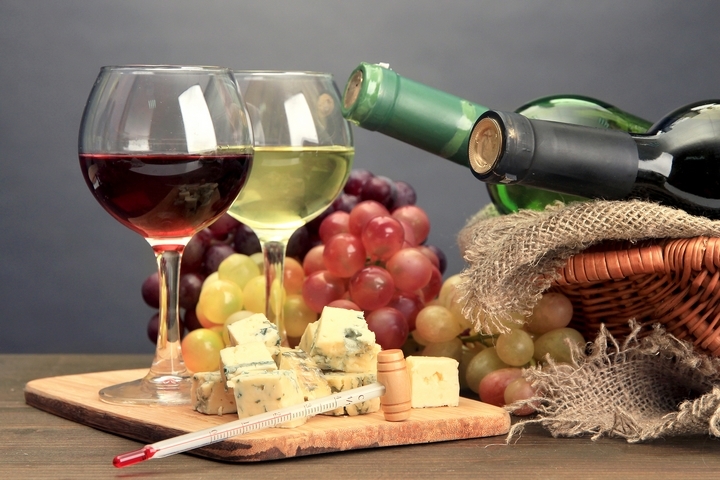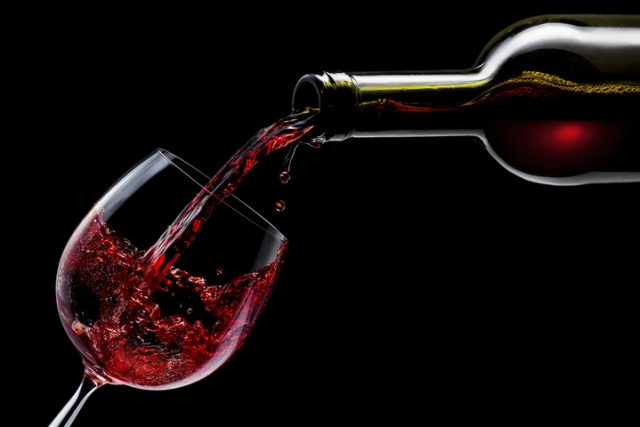
You may be a lover of red wine, but do you know what’s in it? There’s a lot more to red wine than just old grape juice. Making wine is a science and an art. One of the reasons why wine can come in so many different flavour profiles is because of the many different ways ingredients can be used to create something different.
Here are ten of the most commonly found red wine ingredients:
1. Red grapes
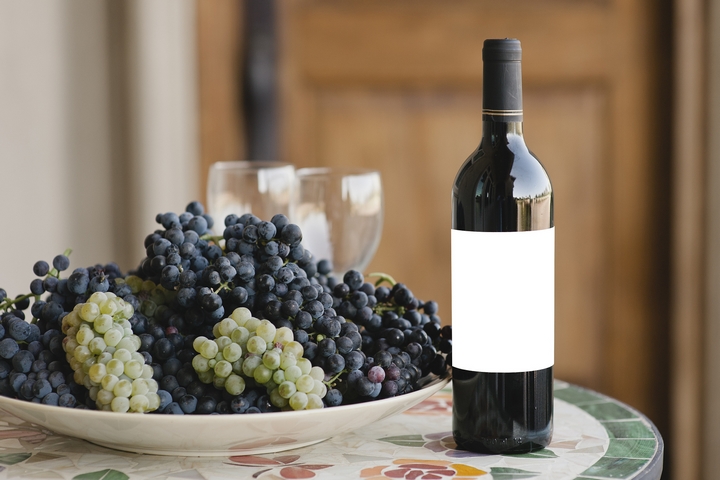
To make red wine, red grapes must be used. White wine can be made from both red and white wine grapes. The colour in red wine comes from soaking the wine in the grape skins during the fermenting process. All grape juice is clear in colour, perhaps with a yellow or even slightly green tint. The colour comes exclusively from the skins.
2. Grape juice
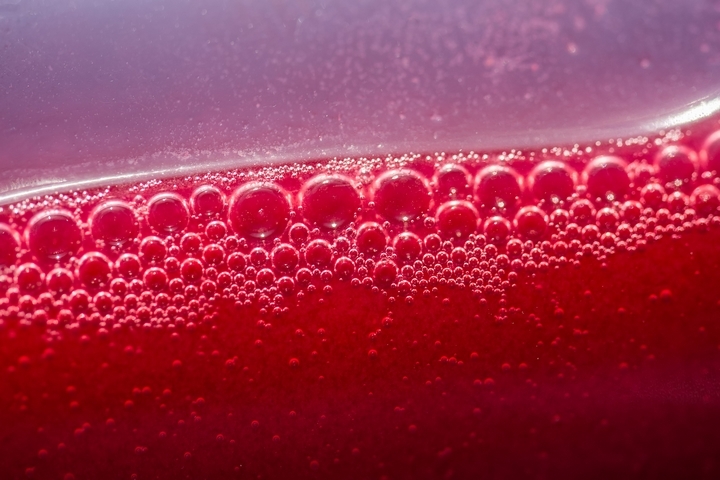
Concentrated grape juice is the star of the show when it comes to wine. There are over 10,000 varietals of wine grapes, although only a fraction of those are actually used in commercial winemaking. The flavour of the wine can be affected depending on how ripe the grape was when it was picked, the properties of the soil the vines were grown in, the climate and season they were grown in, and many other factors.
3. Skin, seeds, and other grape bits
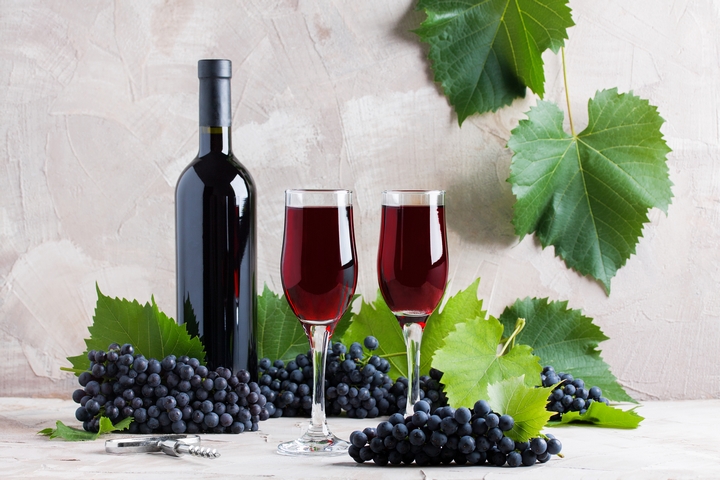
Any other part of the grape besides the juice may be used in the winemaking process. These parts will add flavour and texture to the wine. They are particularly known for adding tannins, the component in wine that makes your mouth feel dry when you drink it.
4. More tannins

Some winemakers might add extra tannin powder into their wine. This is not exclusively to get that bitter dry texture, but it can also help to prevent negative effects to the wine. For example, it can help to prevent oxidization. Oxidization is a chemical reaction that occurs when the wine is exposed to air, and it can ruin it.
5. Sulfites

Sulfites are a naturally occurring component in wine, but they may also be added during the winemaking process. Sulfites help to increase the shelf life of a wine, and are used as a stabilizer to help keep the flavour consistent over time.
6. Water

Water is used in the winemaking process to create balance in a wine. This is especially important when the alcohol levels are too high, and the flavours are too pronounced. It is a neutral ingredient that is used to make sure the red wine tastes exactly as it is supposed to be.
7. Yeast
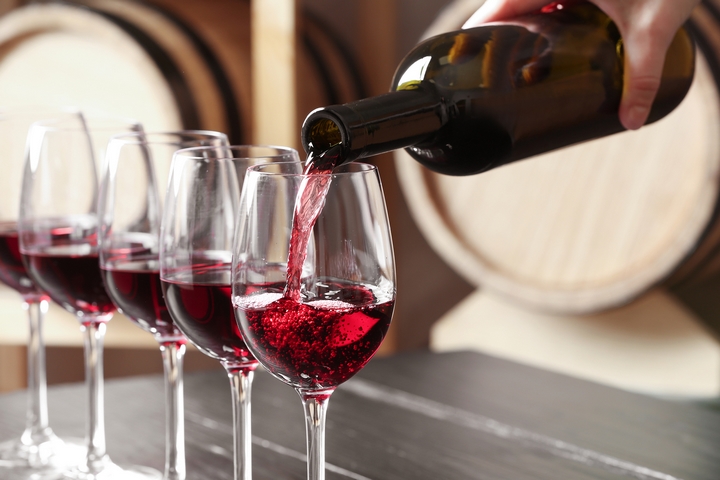
Another key ingredient to winemaking is yeast. The yeast helps to convert the sugars from the grape juice into alcohol. Without the yeast to do its job, wine would just be grape juice.
8. Oak
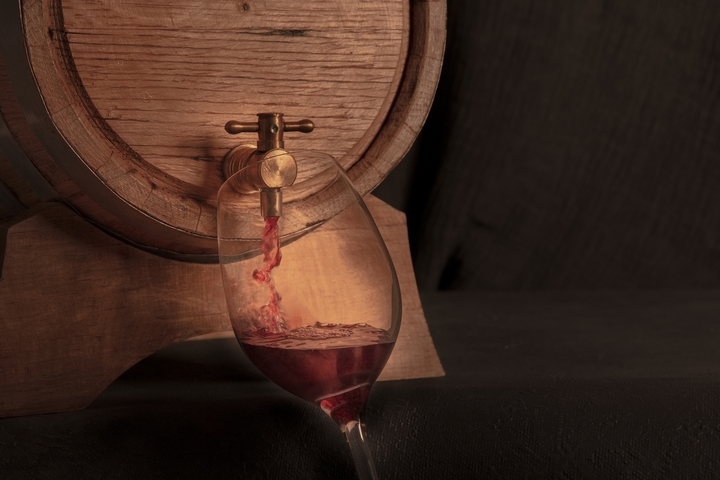
Many wines are “oaked” meaning they were aged or fermented in an oak barrel. Because it is difficult to get consistent distribution of the oak flavour just from the oak barrel, some winemakers will use oak chips instead, which are soaked in the wine while it ferments.
9. Calcium carbonate

This is an additive that helps to balance out the acidity of a wine. If added too late in the process, it can affect the aroma of the wine – which every wine buff knows you do not want to mess with. As such, it is added before the fermentation process for maximum benefit.
10. Macerating enzymes
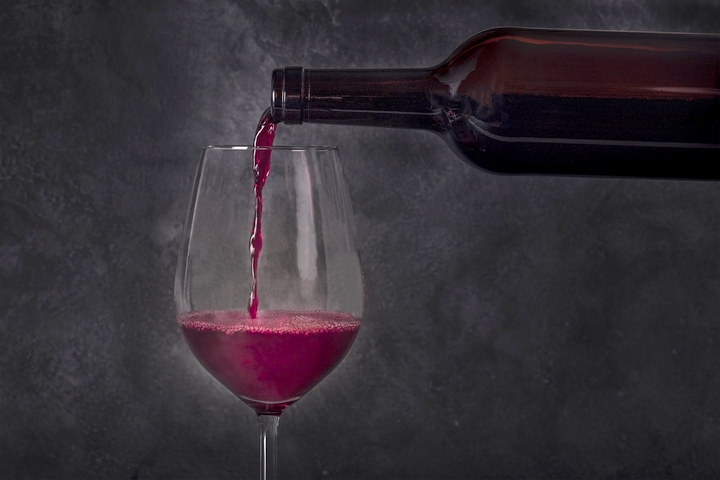
Sometimes, macerating enzymes are added before the fermentation process to help bring out the fruity flavours from the grape, and to help release the colour from the skins. It helps make wines with a more intense colour, and can help bring out higher tannins in the wine.



